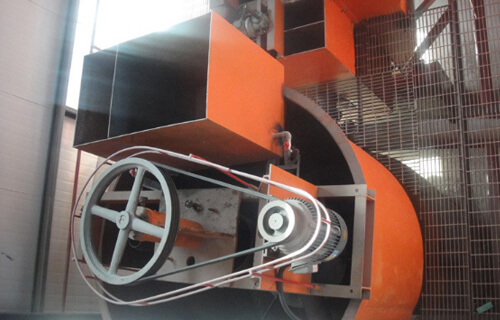
 Chat With Us
Chat With Us
 Leave Message
Leave Message
Re-processing of various metal and non-metal tailings, including gold, silver, copper, iron, lead and zinc, fluorite, tungsten, phosphorus, graphite, bauxite tailings, etc.
According to the different conditions, there are many kinds of tailings re-processing methods, which should be designed according to the specific situation of tailings.
Iron tailings discharged from iron ore concentrators are characterized by large quantity, fine particle size, various types and complex properties. Magnetic separation, flotation, acid leaching and flocculation are often used to recover iron from tailings.
Gold in tailings is usually recovered by the method of all-slime cyanidation and carbon slurry. For cyanide-treated gold tailings, most cyanide in tailings is removed by dry heap treatment, i.e. through screening, pressure filtration and other processes to recycle the filtrate and realize the recycling of water resources. Magnetic separation and gravity separation can also be used to separate iron in gold tailings.
The main components of lead-zinc tailings after flotation are quartz and mica. In addition to tailings reservoir stockpiling, dry stacking and filling mines, combined processes such as gravity separation, flotation, magnetic separation or gravity + flotation are often used to recover and utilize valuable elements in lead-zinc tailings.
If the content of precious metals in copper tailings is high, the separation is relatively easy, and the flotation process is usually used to recover the precious metals. In addition, some copper tailings contain certain magnetite besides copper. For this kind of tailings, copper is usually precipitated by acid leaching, and then magnetite is separated by magnetic separation process.
The fluorite tailings are re-separated by flotation process. Before rough flotation, the chemical reagents should be stirred several times to make the reagents evenly distributed in the pulp.
Gravity separation, magnetic separation, flotation and other methods are used, of which gravity separation is the most commonly used separation process for tungsten ore. The reuse technology of gravity tungsten concentrate is mainly roughing technology with spiral chute-centrifugal concentrator (or wet high-intensity magnetic separator) and concentrating technology with shaking-flotation to fully recover useful minerals from tungsten tailings.
The main gangue mineral of siliceous phosphate rock is quartz siliceous mineral. The flotability of gangue mineral is quite different from that of useful mineral. Flotation process is usually used to separate gangue minerals. The main gangue minerals of calcareous phosphate rock are calcite and dolomite, and tailings are usually flotation by reverse flotation.
Segmental grinding and segmental separation process is usually used for separation, among which flotation and shaking table separation are commonly used in graphite separation process. In order to comprehensively recover several minerals from graphite tailings, a variety of mineral processing methods are needed.
The commonly used separation methods are flotation and magnetic separation process.